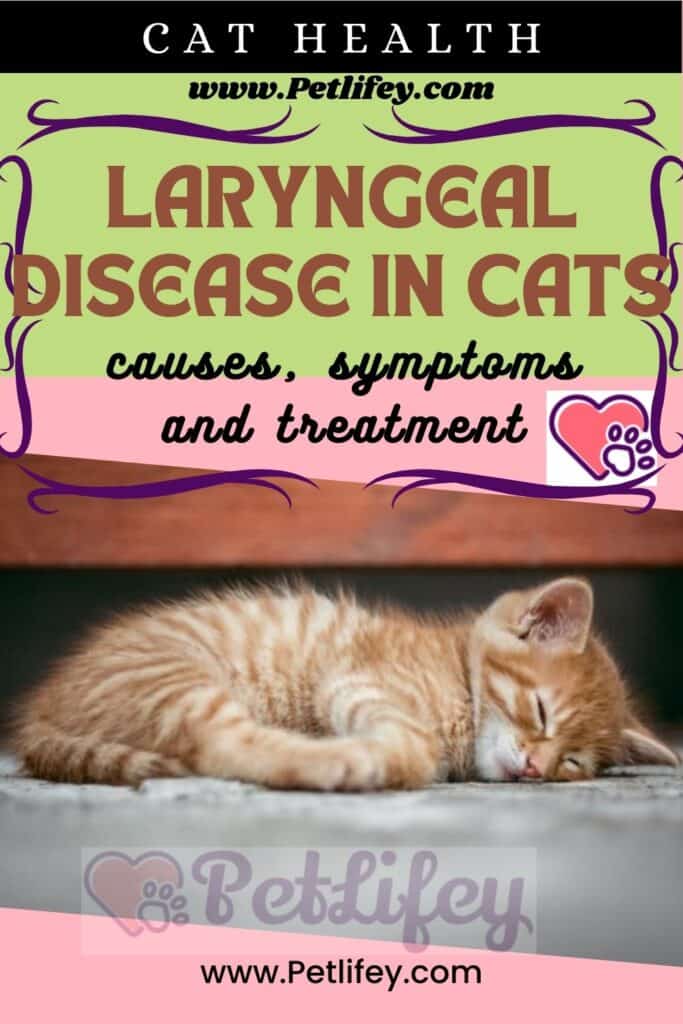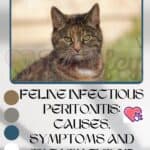
Laryngeal disease in cats: a pathology that also prevents meowing. Let’s see what the causes, symptoms and treatment.
Laryngeal disease in cats is much less rare than in dogs. Affected cats are generally older, but this does not rule out younger cats from being affected even if secondary to trauma or surgical procedures.
Laryngeal cancer also occurs mostly in older cats around 11 years of age and does not exclude breeds. Laryngeal disease in cats refers to any condition that alters the normal structure and / or function of the voice box or larynx.
Causes of laryngeal disease in cats
The causes of laryngeal disease in cats can be different and may even be present from birth, therefore called congenital, alternatively it may have been acquired and very often from unknown causes. Here are some of the most common causes of laryngeal diseases:
- Vagal Nerve Abnormality: The vagus nerve supplies nerve fibers to the voice box (larynx), throat (pharynx), windpipe (windpipe), and other organs.
- abnormality involving recurrent laryngeal nerves (branches of the vagus nerve)
- chest diseases such as: infections, inflammation, cancer
- nervous system disorders involving multiple nerves
- muscle abnormalities (myopathy)
- immune-mediated disorders.
- paralysis;
- primary voice box cancer (larynx) or cancer spread to voice box tissues (metastatic carcinoma)
- lymphoma (cancer predominant in cats)
- squamous cell carcinoma and adenocarcinoma (a tumor that originates in glandular tissue)
- cat thyroid cancer: can exert pressure or invade recurrent laryngeal nerves
- possible hormone deficiencies, such as inadequate production of thyroid hormone (hypothyroidism) or inadequate production of steroids by the adrenal gland (hypoadrenocorticism)
- trauma: penetrating wounds (such as bite wounds) or blunt trauma to the neck; secondary injuries to ingested foreign materials such as: cat bones, sticks, needles, pins.
Symptoms
The onset of specific symptoms of laryngeal disease in cats are closely related to impaired or restricted airflow through the voice box or larynx, although acquired paralysis is often associated with exertion, stress, or extreme heat. Specifically, the symptoms that can be detected by laryngeal disease in cats are:
- The cat acquires a noisy exhalation and high-pitched sound when inhaling;
- cat behavior change;
- occasional cough;
- reduced motor activity, exercise intolerance;
- the cat panting;
- high rectal temperature (especially during the hot months).
Diagnosis and treatment of laryngeal disease in cats

In order to make a diagnosis, the veterinarian will need to know, as in most situations, the previous history of the animal, the symptoms and possible accidents that may have preceded this condition.
The doctor will then proceed with a complete blood profile, including a chemical blood profile, a complete blood count, and a urinalysis. He will first try to assess the animal’s thyroid situation, and then proceed with other tests where a thyroid problem can be ruled out, particularly if the cat is elderly.
The doctor may then also proceed with an evaluation using diagnostic imaging techniques such as: fluoroscopy and bronchoscopy radiographs to help rule out other differential diagnoses and to detect aspiration pneumonia. These just mentioned are all non-invasive techniques but they still need to anesthetize the animal.
If, despite certain tests, it has not yet been possible to determine a precise diagnosis, the doctor can conduct a laryngoscopy. The cat will need to be subjected to heavy sedation or anesthesia to allow the vet to evaluate the laryngeal abduction on inspiration and detect the presence of mass lesions.
Often conditions that cause obstruction, such as tracheal collapse or masses near the larynx, can be similar to laryngeal disease in cats. And if a mass lesion is found during the examination, it may need to be surgically removed.
If a tumor has been diagnosed, surgical removal of the tumor can be curative. Pending surgery, the animal will be treated with oxygen therapy, combined with sedation and steroids. At home it will be necessary to avoid hot and poorly ventilated environments, as these can further compromise the normal cooling mechanisms of the body and the correct exchange of air.
Restrict activity while waiting for surgery. Also avoid the use of cat collars during this time, in order to minimize the pressure on the voice box or windpipe. After the surgery, the veterinarian will have to carry out a scrupulous follow-up, as one of the greatest risks of cat death is aspiration pneumonia.
This is due to the fact that after any surgery involving the voice box or larynx, as surgery places the larynx in a “fixed-open position”, eliminating its protective function during swallowing or regurgitation.
After a successful surgery the owners have found a stabilization and a more reactivity of the animal. If the initial surgery was unsatisfactory, further surgery can improve the prognosis. While with regard to lymphomas, the prognosis depends on the chemotherapy used and the patient’s response.






